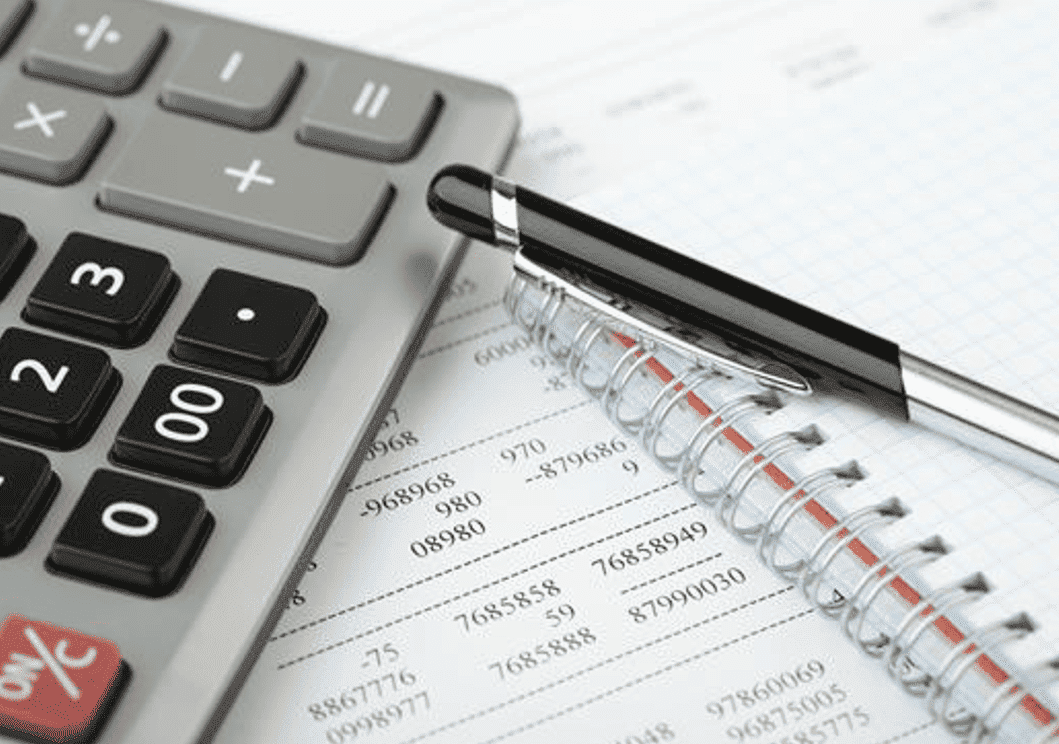- Recipes
- recipe costs
- calculate recipe costs for free
- recipe cost calculator
- recipes
- cost recipes
- excel calculate recipe prices
- restaurant recipes
- recipe costs
- recipe pricing calculator
- recipe cost calculator excel
- recipe cost calculator free
- ingredient cost calculator
- calculate ingredient costs for free
- recipe calculator app
- recipe cost calculator app
- food cost calculator
- food cost calculator free
- cake cost calculator
- calculate recipe prices
- calculate recipe prices for free
- restaurant food cost calculator
- meal prep cost calculator
- easy food recipes
- cost of ingredients calculator
- cost of recipe calculator
How to Calculate the Cost of Your Recipes Like a Professional
Calculating the cost of your recipes is essential for any business in the food industry. Whether you are a professional chef, restaurant owner, or simply a cooking enthusiast selling your creations, understanding and controlling your costs is crucial to maintaining the profitability of your business. In this article, we will explore some tips and tools that will help you calculate the cost of your recipes like a true professional.
1. Know your ingredients and their costs:
The first step in calculating the cost of your recipes is to thoroughly understand your ingredients. Make a detailed list of all the ingredients you use in your recipes, including the purchase costs of each. If possible, keep an updated record of your suppliers' prices to ensure you have accurate information.

2. Calculate the exact quantities used:
It is important to accurately measure the quantities of ingredients you use in each recipe. Use appropriate measuring tools, such as scales and measuring cups, to ensure your calculations are precise. Also, consider inevitable losses during preparation, such as evaporation or waste, and include these amounts in your total cost.
3. Consider indirect costs:
In addition to direct ingredients, don't forget to account for indirect costs associated with preparing your recipes. This may include the cost of energy, water, staff, and equipment maintenance. Divide these costs among your recipes to get a more complete picture of the costs involved.
4. Use specialized software tools:
Today, there are two main options for efficiently and accurately calculating the costs of your recipes: using a customized Excel spreadsheet or investing in specialized software designed specifically for this task.
You can create your own template that fits your requirements and preferences, allowing you to perform detailed and customized calculations. However, keep in mind that this may take more time to set up and maintain, and it may not always meet all your needs.
Disadvantages of using Excel spreadsheets to calculate recipe costs:
I. Limitations in data organization:
Although Excel allows you to organize data in rows and columns, it can become complicated to manage large amounts of ingredients and recipes efficiently. Over time, the spreadsheet can become cluttered and difficult to navigate, making it challenging to manage and update costs effectively.
II. Difficulty tracking changes:
In an Excel spreadsheet, tracking changes in ingredient costs or calculation formulas can be complicated. This can lead to errors if data is not updated correctly or if the change history is lost, affecting the accuracy of cost calculations.
III. Higher likelihood of errors:
Due to the manual nature of data entry in Excel, there is a higher probability of making mistakes when entering ingredient costs or performing calculations. These errors can go unnoticed and significantly affect the accuracy of calculated costs, which in turn can impact the profitability of your gastronomic business.
On the other hand, specialized software designed specifically to calculate recipe costs efficiently and automatically. These tools often offer a wide range of features and functionalities, such as inventory tracking, real-time price updates, and detailed reporting. If you prefer a more automated and user-friendly solution, investing in specialized software like ours: CalcularCostoRecetas.com may be the best option.
5. Review and adjust regularly:
Finally, remember that calculating the cost of your recipes is a continuous and dynamic process. As ingredient prices and your business's operational costs change, it is important to regularly review and adjust your calculations. This will help you keep your prices up to date and ensure you are maximizing your profitability at all times. While there are alternatives like free Excel spreadsheets to do this work, when the business becomes professional, this is no longer a valid option.
In summary, calculating the cost of your recipes is a fundamental skill for anyone in the food industry. With the right tips and tools like CalcularCostoRecetas.com, you can calculate your costs accurately and confidently, allowing you to make informed and profitable decisions in your culinary business.
